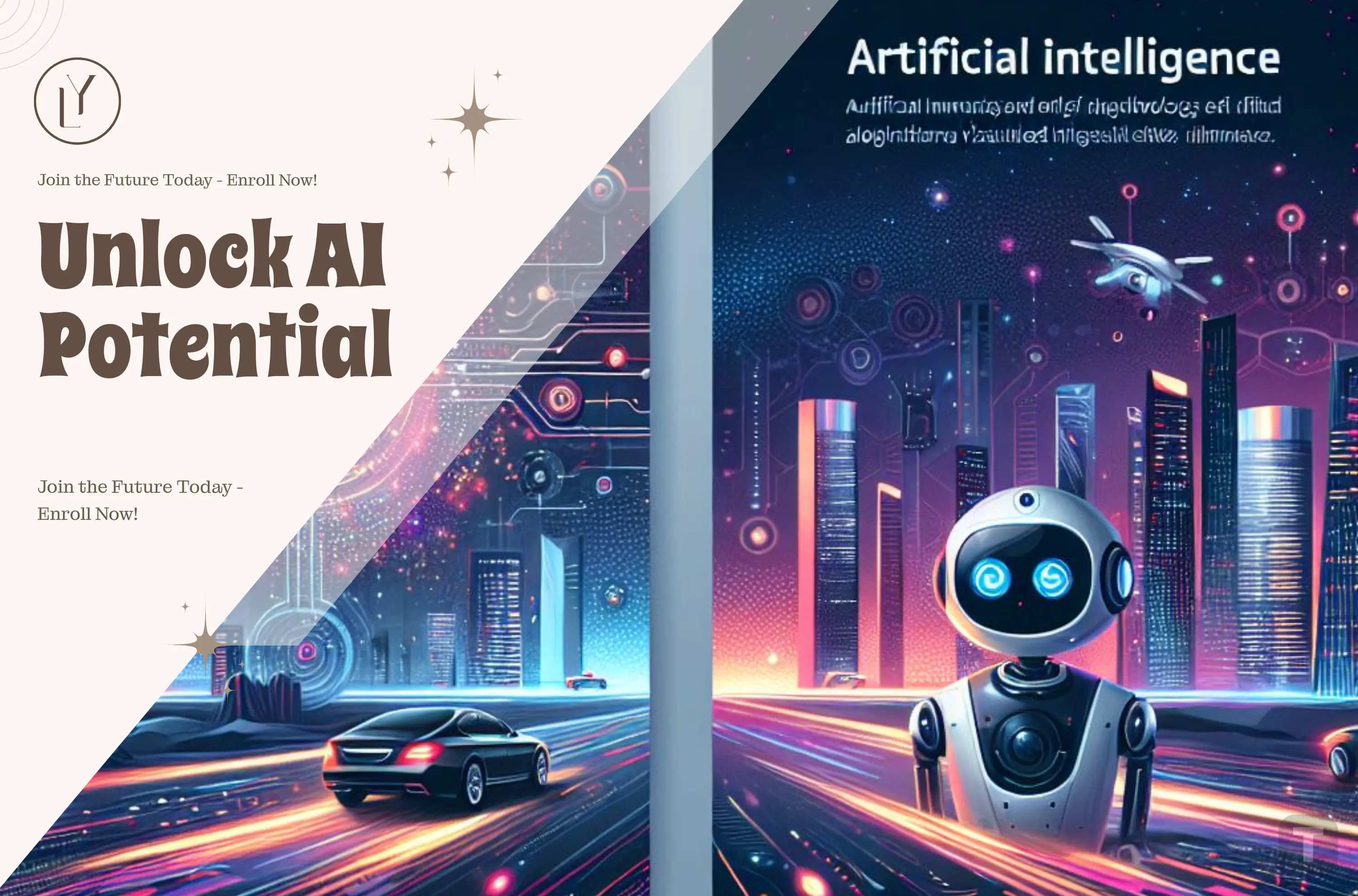
I. Introduction to Quality Assurance
A. Definition of Quality Assurance
Quality Assurance (QA) is the process of ensuring that products and services meet specific requirements and standards. In the realm of software development, QA plays a crucial role in the overall success of a project. Historically, QA in software development has transformed from basic error-checking methods to an integrated process that emphasizes the importance of delivering high-quality products consistent with user expectations.
B. Brief History of Testing Practices
In the early days of software development, testing was often an ad-hoc process, with developers manually checking their code for errors. Key milestones in the history of QA include the introduction of structured testing methodologies in the 1970s and the acknowledgment of QA as an essential part of the software development lifecycle in the 1980s. These milestones set the stage for the development of more sophisticated testing practices.
C. The Shift Towards Quality Culture
As companies began to recognize the significance of quality in software delivery, a shift occurred toward fostering a quality culture. This understanding emphasized that quality is not solely the responsibility of the QA team but a shared responsibility among all team members, leading to the integration of QA into the development lifecycle.
II. The Era of Manual Testing
A. Characteristics of Manual Testing
Manual testing involves human testers executing test cases without the assistance of automation tools. Techniques such as exploratory testing, user interface testing, and regression testing became popular during this era. Human intuition and creativity played vital roles in identifying issues and making sure the software performed as expected.
B. Limitations of Manual Testing
Despite its benefits, manual testing has significant limitations. It is time-consuming, and with a growing number of features to test, the potential for human error increases. As projects scaled, teams often struggled to keep up with testing demands, demonstrating the need for a more efficient approach.
C. Evolution of Manual Testing Techniques
Over time, manual testing evolved from basic checks into more structured approaches. Methodologies like black-box testing (focusing on outputs without knowledge of internal code structure) and white-box testing (which examines the internal workings of applications) emerged, laying the groundwork for future automation.
III. The Advent of Automation in QA
A. Emergence of Testing Automation Tools
The introduction of testing automation tools in the late 1990s marked a significant turning point in QA practices. Early tools like Selenium began to change how testing was approached, enabling teams to write scripts that could execute tests without human intervention.
B. Benefits of Automated Testing
Automated testing delivers numerous benefits, including increased efficiency and speed. As tests are executed quickly and can run infinitely without fatigue, consistency and reliability become hallmarks of automated testing processes. This shift allows teams to focus on more complex testing tasks that require human insight.
C. Types of Automated Tests
Today, various types of automated tests exist, such as unit tests (which examine individual components), integration tests (which check if various components work together), and end-to-end tests (which assess the full user journey). Continuous testing has become integral to Agile environments, enabling faster feedback and improved development cycles.
IV. The Current Landscape of QA Automation
A. Best Practices for Automating Tests
To successfully automate testing, teams must strategically select test cases that offer the most value. It's vital to prioritize tests that are stable and commonly used, ensuring that the automation efforts yield desirable outcomes. Additionally, maintaining scalable and maintainable test suites helps teams adapt to continuous changes in software.
B. The Role of DevOps in QA Automation
DevOps has transformed the QA landscape by emphasizing collaboration and integration of QA into the DevOps pipeline. The adoption of Continuous Integration and Continuous Deployment (CI/CD) practices further enhances testing efficiency, allowing for rapid iterations without compromising quality.
C. Challenges in Automation Testing
Despite its numerous benefits, automation testing does come with challenges, such as selecting the right tools and addressing common pitfalls related to test maintenance and team resistance. Organizations must foster a culture that encourages adaptation and openness to automation.
V. The Future of QA: Trends and Innovations
A. Emerging Technologies in QA
The future of QA looks bright with the advent of emerging technologies like artificial intelligence (AI) and machine learning. These technologies are poised to enhance testing practices, making them smarter and more efficient. Furthermore, the rise of cloud computing offers opportunities for scalable and accessible testing environments.
B. Shifts in QA Mindset
A shift in QA mindset is also underway, moving from reactive to proactive measures for maintaining quality. Teams are encouraged to collaborate closely, breaking down silos between QA and development to ensure quality is baked into every part of the process.
C. Predictions for the Next Decade in QA
Looking forward, we can expect evolving roles and responsibilities within QA, with greater emphasis on automation and AI-driven methodologies. Expectations for software quality will continue to rise as users demand seamless experiences and reliability.
VI. Conclusion
The journey from manual testing to automation in QA has been extensive and transformative. As the landscape evolves, the emphasis on quality assurance remains paramount in the software development process. The balance of human insight and automated processes is essential for delivering high-quality products that meet users' expectations.
VII. Frequently Asked Questions (FAQs)
A. What are the key differences between manual and automated testing?
Manual testing involves human execution of test cases, while automated testing uses tools and scripts to execute tests automatically. Each has its advantages and limitations.
B. When should a team consider transitioning to automated testing?
Teams should think about transitioning to automated testing when the volume of repetitive test cases increases, or when faster feedback is necessary to support agile development practices.
C. How can organizations measure the effectiveness of their QA practices?
Effectiveness can be measured by tracking key metrics like defect density, test case execution time, and the ratio of automated to manual tests, serving as indicators of QA performance.
D. What skills are essential for professionals in QA automation?
Key skills include proficiency in automation tools and scripting languages, analytical thinking, problem-solving, and understanding software development lifecycles.
E. How can QA teams adapt to evolving technologies and practices?
QA teams can stay agile by investing in continuous learning, engaging in training programs, and actively participating in forums or communities focused on emerging practices and tools in software testing.










